Ins and Outs of Children’s Outdoor Products
How much time does the average child spend outside these days? Take a quick look and you will find the answer is increasingly less and less with every new video game and battery-guzzling toy that fills the stockings at Christmas. And while most garden centers find little concern in this . . . perhaps you should.
The gardening industry is rooted in an adult generation that enjoys spending time outside. Most of these adults enjoy outdoor activities — gardening, camping or just taking a walk. Where were these adults 40 years ago? What did they do as children? I bet the answer has nothing to do with video games.
Gardening customers today were outdoor kids of yesterday. Whether it was chores or fun that brought them outside, those children grew up outdoors and gained some degree of appreciation for nature. The not-so-long-term challenge that is confronting garden centers is how to get today’s children outside so garden centers have customers tomorrow.
Space
Few garden centers have the space to incorporate a large children’s product area into their floor plan. While this needs to be taken into account, it cannot be an excuse to forego such an area.
With little space, those products brought in need to use space efficiently, especially if they use floor space.
A location to consider is the area in front of the checkouts. While a prime spot for any product, where are the children who come to your store most likely to travel past? Placing children’s items in the back corner of the store or next to the insecticides is not the greatest idea.
Colors
Colors are a magnet for customers and are an even bigger magnet for children. When choosing products, look at the colors. Do they stand out? Can you put them near the front of your store and feel confident that they will draw attention? Attention is what sells children.
Quality
While color gets the attention of the children, without a doubt, the quality is what sells the buyer (the parent). Now there is one rebuttal to this — the impulse product — in which case, attention, appeasing a child and cheapness are all that matter. But then, what makes you any different than the dollar store down the road? Impulse has smaller margins and is contrary to the consistent quality your customers have grown to expect in your store.
And quality is a double-edged sword for you. First, what good is a toy that breaks after being used only a few times? Not only does the child find disappointment in the product, but the frailty of the product reflects on the type of items sold in your store. What stops them from thinking the garden center across town is a higher quality store the next time they go shopping?
How do you judge quality? If you carry children’s products already, how well do those products wear on the shelf? Do you find yourself clearing out broken items at the end of each season? If you don’t carry any children’s products currently, do some research into different companies, request samples, try to find other stores that carry the same items or the same brand of items and look at how they’ve weathered on the shelf. Ask yourself, “Would I buy this for my child?” After all, you are the epitome of your customers’ outdoor-loving generation. If you think something is poorly made or is not functional, chances are your customers won’t like it either.
Also, remember that specialty toy stores will often carry higher quality items than mass retailers. You shouldn’t be concerned about a specialty store carrying the same products as you either. By them carrying the same product, it reflects positively on your store and shows that you aren’t just trying to fill a category. On top of this, you are building outdoor enthusiasts for your next generation of customers — the specialty toy store is simply helping you to do this.
What Should I Carry?
There are a lot of different toys out there, but only some of them fit well within your garden center.
If you sell plants, why not get a children’s line of flower and leaf presses? There is a large selection of these types of presses available today, and this is a great product for parents to pass down some of their outdoor enthusiasm to their children. Is there any small piece that might get lost? Is it easy to use? Does it press down on its contents evenly?
Do you have anything for children to grow? While children can easily plant something in their parents’ garden, it is much more fun to have their own little greenhouse in their bedroom windowsill.
Insect-related toys are a great choice. Butterfly nets, bug houses, magnifying glasses . . . all essentials to bug collecting and insightful learning. Does the butterfly netting snag or tear? Can you crush the screening on the bug house in with a light squeeze? Is the magnifying glass clear and unflawed?
You most likely have bird houses/feeders and birdseed in your store, so you could offer some bird house/feeder kits for children. Kits are a category often frowned upon by customers. All too often the customer has bought a kit that is missing a component or doesn’t fit together correctly, however those customers who have great success with kits are more likely to buy them for themselves or as gifts and are more likely to recommend them to someone else. The solution to kits is to assemble one or two yourself to see if a child could do it. What tools were needed? Was everything you needed included? Is it of high quality, or will it fall apart after a month outside?
And, while you consider these types of products, remember that just because many of these items are warm weather related doesn’t mean they don’t sell between the end of third quarter and the beginning of first. A lot of warm-weather toys are bought during the coldest months. Seasonal toys aren’t half as seasonal as at first glance.
These are the types of questions you need to ask yourself when looking at children’s nature products for your garden center. They can go a long way toward helping you effectively create and maintain a children’s product area in your garden center. You may only have a little room, but with some product testing and research you can be secure in knowing that you are growing your next generation of customers — outdoor enthusiasts like yourself.

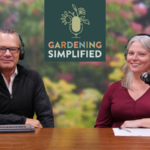



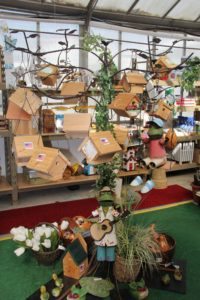

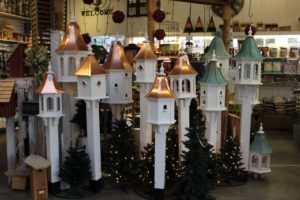
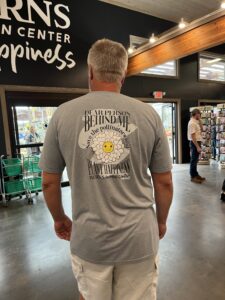
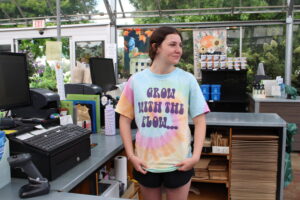
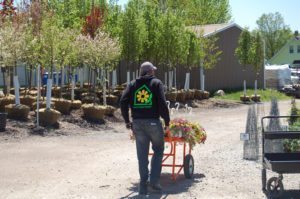
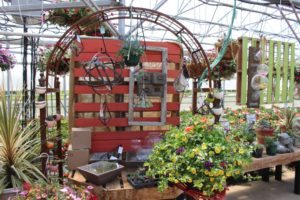

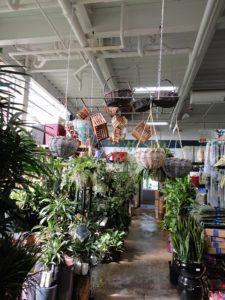
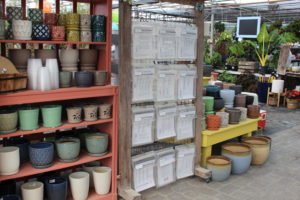
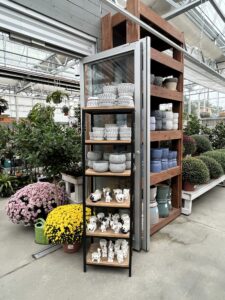
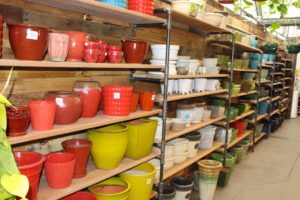
 Videos
Videos





